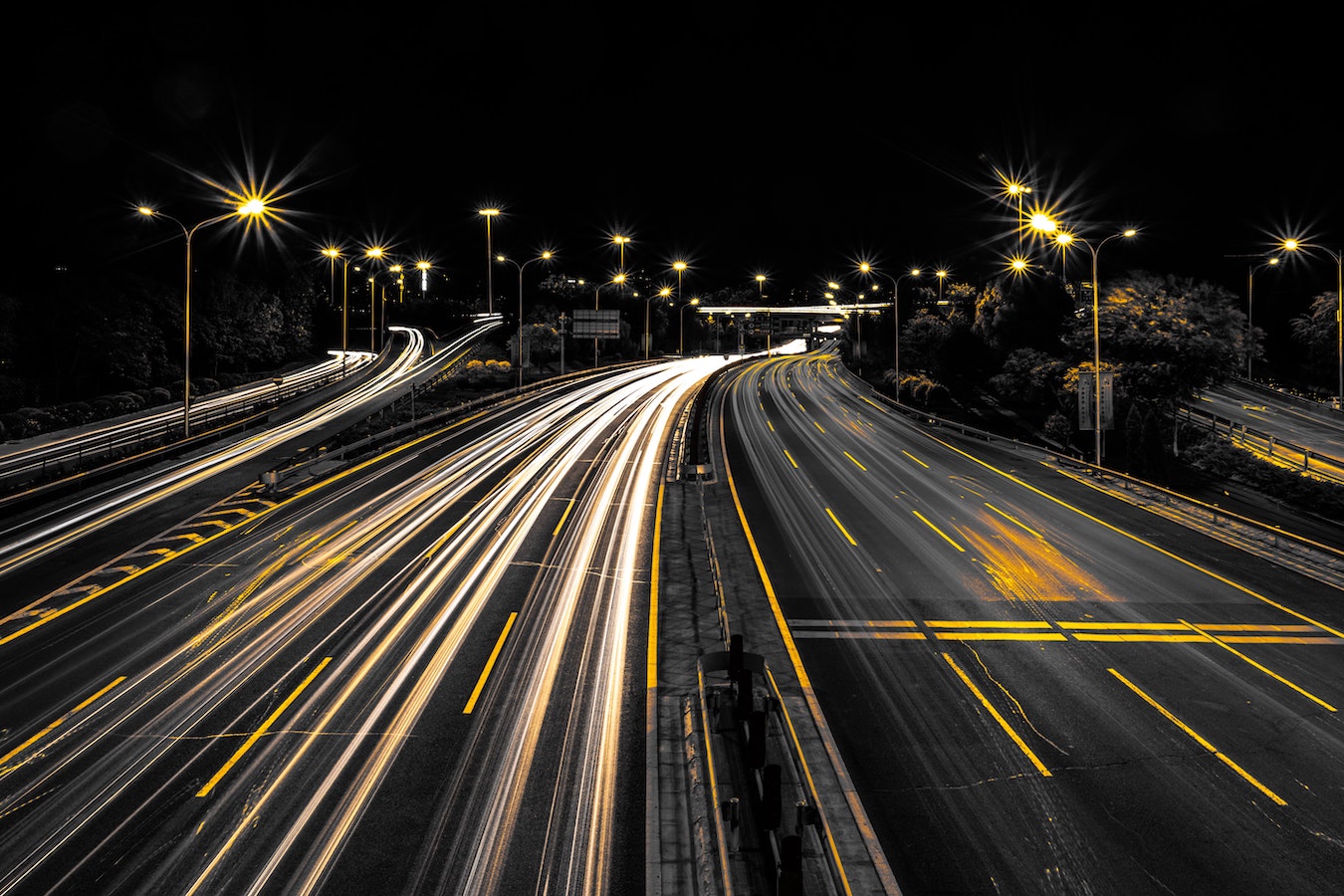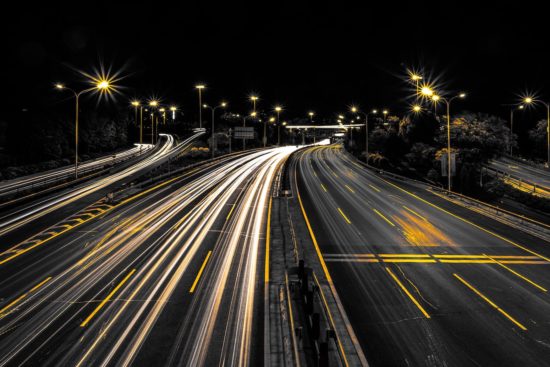Over 90% of serious automobile crashes are caused by human error, mistakes made by drivers when they’re distracted by a text message, driving too fast, or otherwise behaving recklessly behind the wheel of a car. With the advancement and greater use of self-driving cars, these risks will be significantly reduced. And, although there have been teething problems with connected highways and the initial testing of autonomous vehicles, it is hoped that their common use will drastically improve road safety levels. In the future, while drivers will still be liable for ensuring a car is roadworthy for any conditions, the responsibility of reaching a destination safely and without incident will be down to the vehicle itself.
Preparing Safe And Smart Roads For Autonomous Vehicles
Despite advances in safety technology, fatalities from road crashes are still rising. In Texas, the Department of Transportation recently reported 270 more deaths in 2020 than the year before, despite there being roughly half the amount of traffic on the roads for several months. According to Austin Attorney, Aaron Allison, the majority of accident claims are brought because of the devastation caused by inattentive, reckless or drunk drivers. Reaching a successful financial settlement in these cases can help injured victims and their families to focus on their recovery and move on with their lives.
Like many other major cities, Austin, Texas is preparing for more autonomous vehicles and a future where the fallibility of drivers can no longer cause serious injury and wrongful death. Instead, using IoT sensors, radar and cameras, improvements in local infrastructure will enable connections between individual cars and the whole road system to ease congestion, minimize the risk of accidents, and keep drivers safe.
Reducing Risks With Connected Self-Driving Cars
While currently over a third of drivers are still not convinced of the safety of autonomous vehicles, more than 70% believe that most cars will be self-driving in 20 years time. Although consumers are still wary, removing the risk of human error from driving is the main advantage of autonomous vehicles in terms of safety. While there have been fatalities involving self-driving cars, figures from the NHTSA show that distracted driving alone caused over 3,000 deaths in 2019. To address this issue, safety features that use sensors and radar to detect potential hazards are increasingly being added to conventional cars, and it is this same technology that is being taken a step further in AVs. They are embedded with light-detecting and ranging sensors, a system known as LIDAR, that use millions of lasers to construct a 3D image of a car’s surrounding environment. This can perform a range of functions, including measuring the speed of other vehicles to improve traffic flow and prevent collisions. In addition, cameras read smart road signs and signals, which, combined with GPS technology, will allow cars to plan optimal routes while avoiding potential hazards.
By taking away the high-risk element of human error from driving, AVs offer greater safety for all road users. As self-driving cars become more common, preparing the roads for their use is becoming a priority for city planners. Integrating sensors, radar and cameras in cars and the infrastructure they use enables a connectivity that will optimize traffic flow, as well as drastically reducing the number of accidents in the future.
Let us know what you think in the Comments.
Photo by Kimi Lee on Unsplash.




All this autonomous and self driving stuff is assuming the sensors on board will be able to read the roads by reading lane markings.What happens if the markings are covered over with mud,sand, snow or ice? Plus whenever there is construction they re-route cars , ignoring pavement markings (this lane for left turn only etc.) so what happens if your autonomous car insists of following markings which don’t apply anymore? The roads of America are not uniformly well marked well enough to trust robots to use them for guidance.